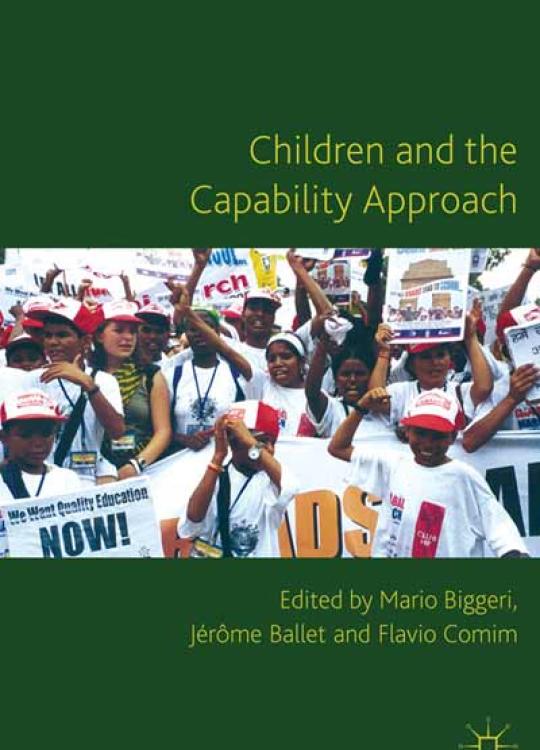
Breadcrumb
‘Good for children?’ Local Understandings versus Universal Prescriptions
Worldwide there have been many studies about understandings of well-being, i.e. what constitutes and contributes to a life that people have reason to value in particular contexts. This chapter reports differences between Ethiopian children and their caregivers in expressed understandings of a good life and what is needed to achieve this. It explores whether the capability approach can be used to bridge the gap between shared local understandings of a good life and the universal prescriptions of global bodies such as UNICEF on what is 'good for children'. The chapter uses quantitative and qualitative data from Young Lives, a longitudinal study of childhood poverty, comprising group interviews and activities with a sub-sample of children (aged 11 to 13), caregivers, and community informants from three urban and rural communities who explore what constitutes well-being or a good life for children in their community. The qualitative data is supplemented by analyses of responses from children and their caregivers to questions on their values, aspirations, and experiences of subjective well-being in the second round of Young Lives survey. The chapter begins by reviewing literature on understandings of well-being in Ethiopia and describing the methods used to generate the data reported. It then contrasts the diverse understandings of children and adults and explores the extent to which they can be usefully understood within Nussbaum's meta-framework of central human capabilities.
Reference
Laura Camfield and Yisak Tafere (2011) 'Good for children'? Local Understandings versus Universal Prescriptions: Evidence from Three Ethiopian Communities, chapter in Children and the Capability Approach: Child Labour, Education and Participation, edited by Mario Biggeri, Jerome Ballet and Flavio Comim, London: Palgrave MacMillan.

